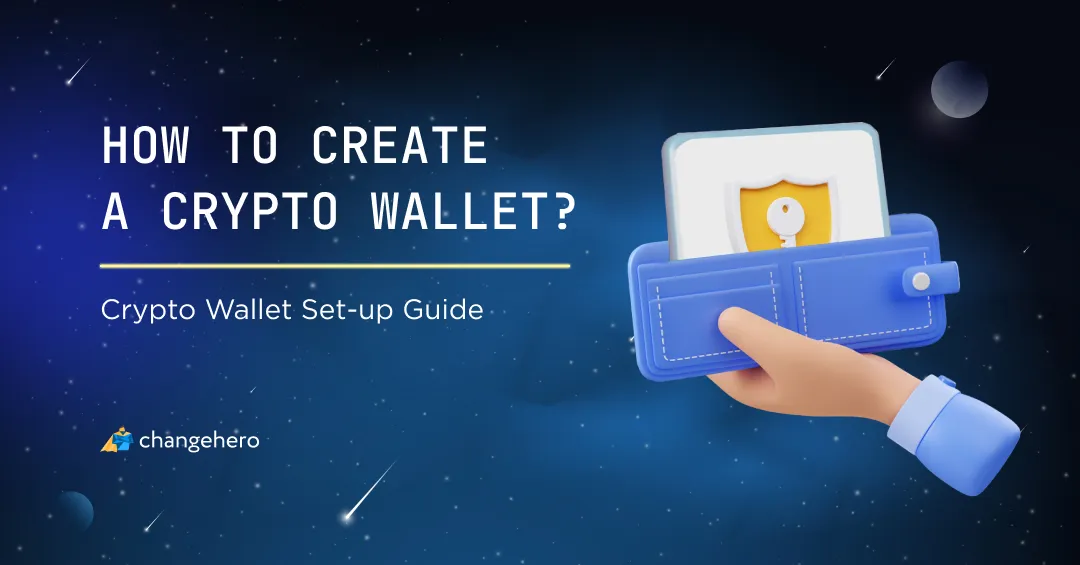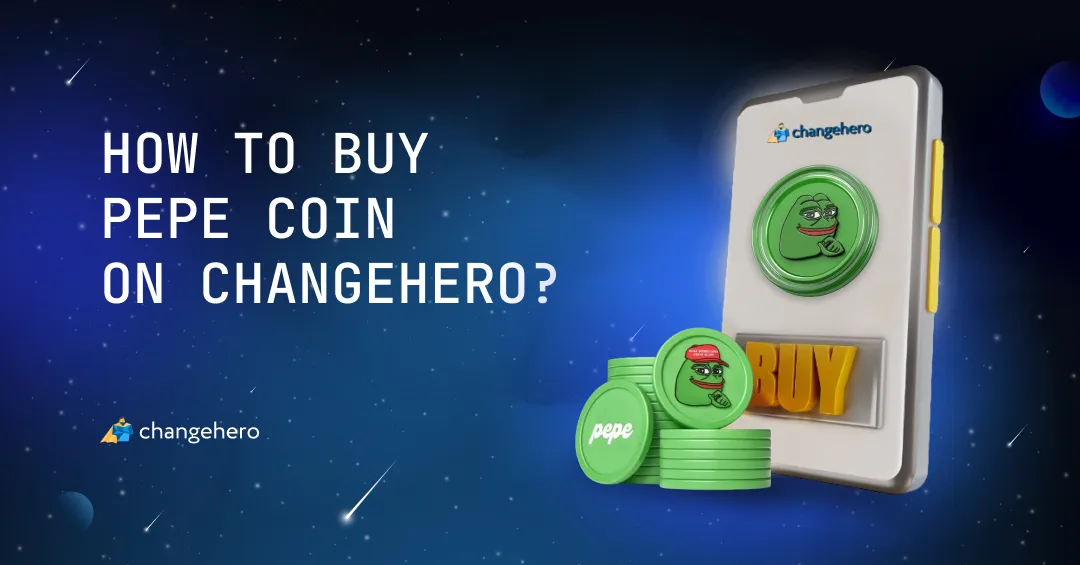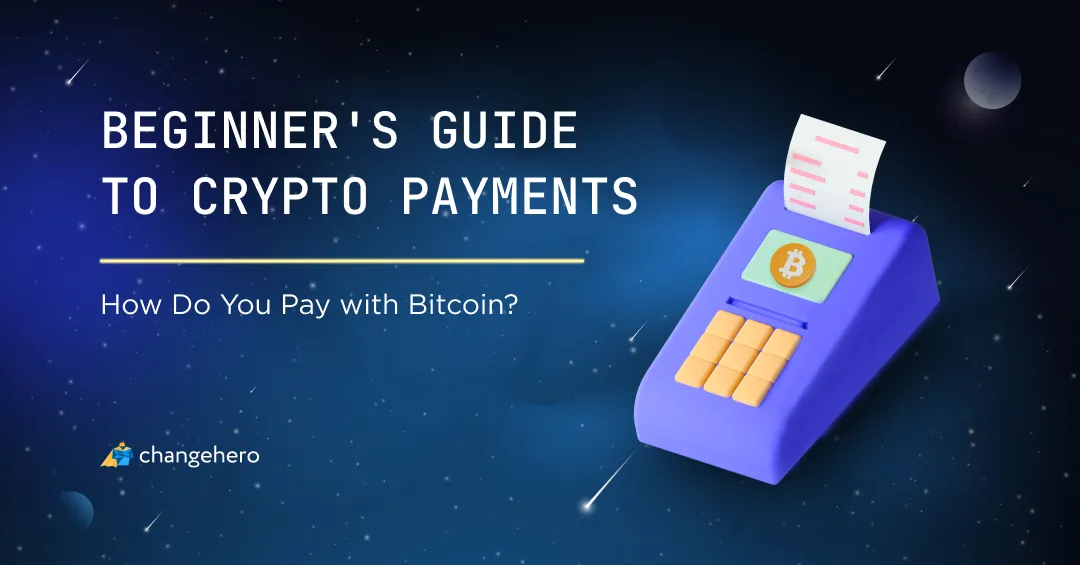Making a crypto wallet is often the first thing one does at the start of their crypto journey. This is obvious: you cannot do a thing in crypto without a wallet! But don’t worry: even if you are just crypto-curious, setting up a wallet can be easy as a piece of cake. Read our explanation to see for yourself!
Key Takeaways
- To make a crypto wallet, you will need an app or a website that can create a crypto address. It is vital to choose a reliable provider.
- Some crypto wallets will take care of the backup themselves but others will require you to take care of a recovery or seed phrase. The first type is easier to spin up but less reliable; the second type is common and is believed to be more secure.
- There are also wallets that are always online or ones that are mostly offline. Making a wallet of the second type (cold) is more complicated and usual for someone who already has large crypto holdings. The first type (hot) is typically the choice for one’s first crypto wallet because it is more accessible and free.
Step 0. Which kind of crypto wallet to choose?
In crypto, you simply cannot do without a wallet address. This is the address in the blockchain where cryptocurrencies are sent and received. From the Bitcoin code’s point of view, it can’t tell who has any given BTC coin but it knows who has which address. In other words, you can’t have crypto coins or tokens if you don’t have an address.
An application or interface that helps you access and manage your crypto address and tokens on balance is called a crypto wallet. Today, they come in many forms and have lots of functions. You can have a crypto address on the desktop, smartphone, or even in a web browser. But this is not the only reason why different crypto wallets exist.
Custodial vs. Self-custody Wallets
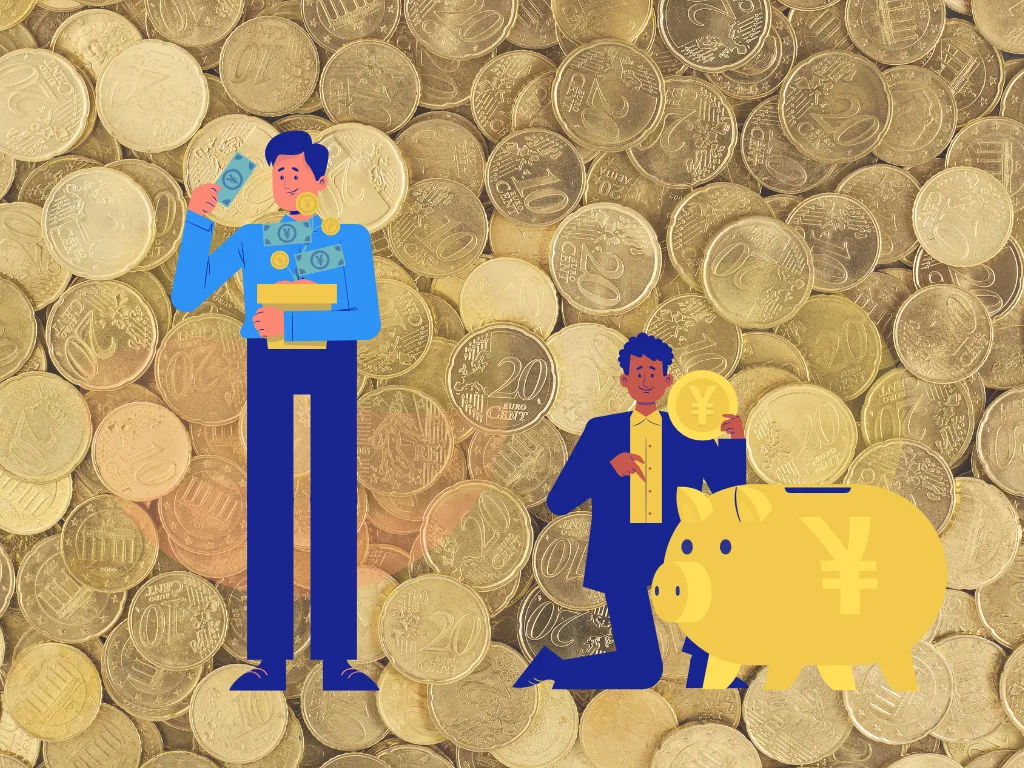
It is obvious from the name that cryptocurrencies use cryptography, a science about turning text into code and back. In cryptography, hints called keys are used to decode a message or turn it into a cipher. We have already written that the Bitcoin protocol has the information on who has each address. Other people who use Bitcoin know that you own your address because you have the public key and private key to it.
Some wallets give you full control over your private keys and other wallets take care of it for you. The first type is called self-custodial (because you keep your keys your_self_) or non-custodial. The second type is called custodial because the person or team who made the wallet app is taking care of security. “Custody” here means the keys and not the cryptocurrencies.
| Non-custodial | Custodial | |
| Format | Software, desktop and mobile apps, hardware, and cold wallets | Exchanges, mobile wallets |
| Security | You handle it yourself | A third party |
| Other benefits | Direct control over funds | User-friendly, can have insurance |
| Popular examples | Trust Wallet, CakeWallet, Exodus | Binance, PayPal, Uphold |
Software wallet apps vs. Hardware wallets
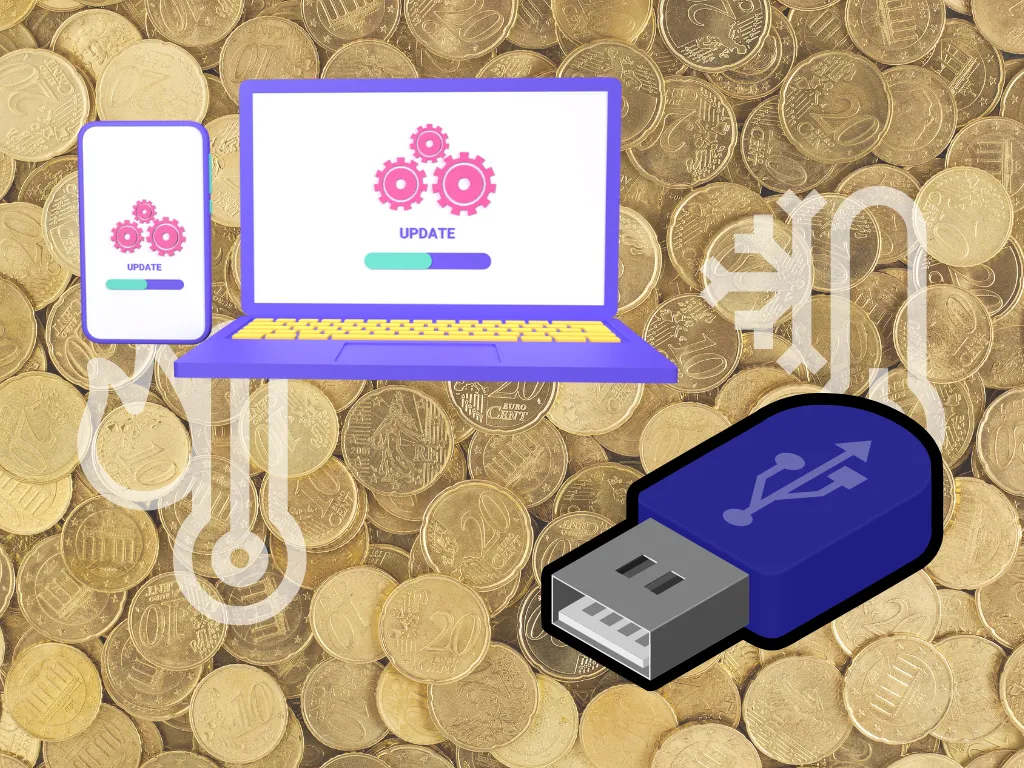
Another difference that is easy to notice is between software and hardware wallets. Software means computer programs and applications, and hardware means special devices.
If you are looking for your first crypto wallet, it is very likely going to be a software wallet. You can install a program or an application on your computer or smartphone. Web wallets that keep your keys in the browser’s files will not ask you to install anything at all. The best thing about this type is that most software cryptocurrency wallets are free.
On the other hand, hardware cryptocurrency wallets come as small devices that you can plug into a computer or a smartphone. They keep your private keys offline, stopping anyone from finding your private keys and using them. Hardware wallets are special devices and they cost several dozen dollars. Despite this, the extra security they provide is believed to be worth the cost of keeping a lot of money safe.
Hot wallets vs. Cold wallets
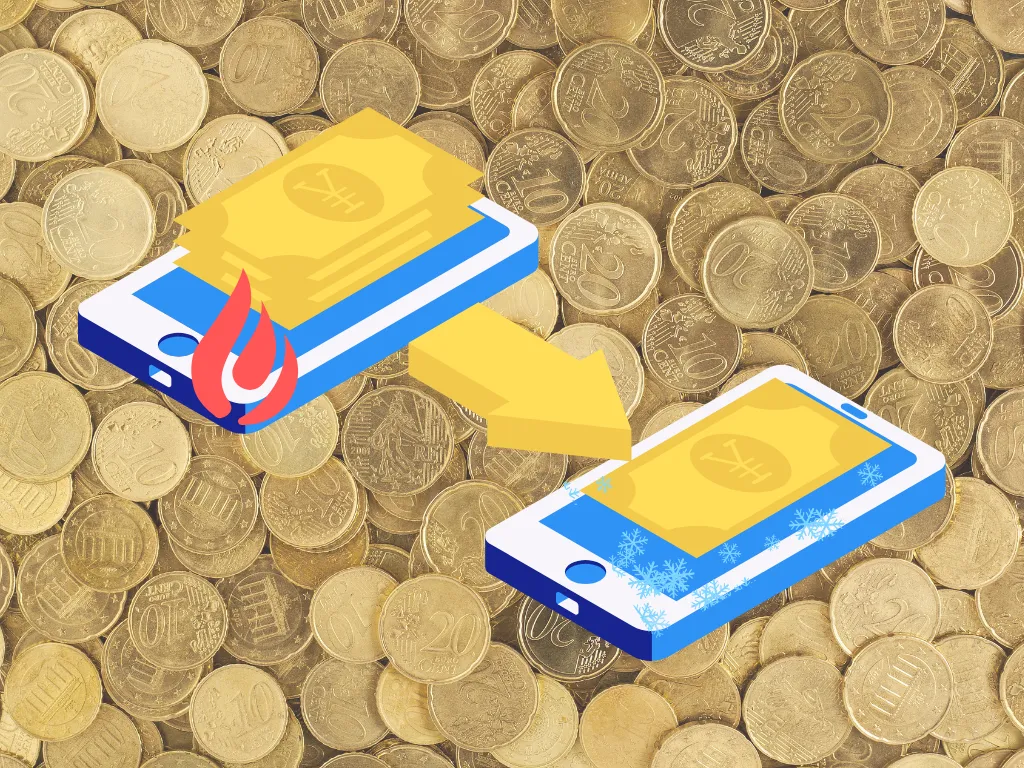
Finally, to view, send, and receive cryptocurrencies, you need an Internet connection. Your wallet can be the type to do everything while being always online: this is a hot wallet. Or your wallet can connect to the Internet only when needed to send coins: it is a cold wallet.
Most software wallets are hot wallets. However, not always: there are tips and tricks to help you protect a crypto wallet from attacks. For example, you can use an old smartphone with no Internet connection or other devices kept offline. If you create a crypto wallet there, you can use this address for cold storage.
Cold storage means keeping crypto assets in an offline wallet. Most cold wallets are hardware wallets. However, there are also paper wallets, which usually are printouts with the public and private key pair. Paper wallets can be used to back up a hot wallet or to keep an address for long-term holding extra safe.
Step 1. Get the wallet of your choice
When you know what kind of wallet you want, it will be easy to find. However, there are a few more things to think over before you install or buy the wallet.
First of all, make sure you are on the real website of the wallet before downloading or using a web version. There are copycats in the app stores, too: the number of downloads and ratings with reviews can help you understand if you can trust the app.
The same steps to ensure safety would apply to getting a hardware wallet, plus some more. In addition to buying only from an official store, you should never get it second-hand. When you get the package, make sure that it hasn’t been opened or used: fake devices can harm your computer or get your private data.
Step 2. Take Care of the Private keys
This step is more important if you go for a self-custody wallet. A lot of crypto wallets these days do not require you to save a private key for each address because you can have a lot. What they will absolutely need you to keep safe is a seed also known as a mnemonic phrase or a recovery phrase.
This is a cryptographic key to all the addresses this wallet can create for you, so if you lose this phrase, you will lose all kinds of assets. It usually looks like a 12- or 24-word phrase. Write these words down, hide the note in a safe place, and never share them with anyone.
Private keys and recovery phrases are not the only things you should care about. If your wallet offers you to use a password or two-factor authentication (2FA), do not pass on this opportunity. But even if you become unable to use that wallet app, if you know your recovery phrase, you can import a wallet and restore it from a backup.
Even if you are using a custodial wallet, you should do your best to keep it safe. Don’t forget about keeping your password secure, backed up, and secret. If you can, use two-factor authentication (2FA).
Step 3. Ready to go!
If you follow these steps, you will not just have a crypto address to receive a transaction. You will also be all set to safely use cryptocurrencies. These days, crypto is not only about coins and tokens: read our beginner-friendly guide to other vital terms, exciting trends, and more things you can do with it.
Even though a crypto wallet is called like that, it does not necessarily store your money. Choosing the right one can seem daunting but it is also the easiest step to start your crypto journey even if you are just curious. Since you can make a crypto wallet for free, you can make multiple tries before you spend even a penny on crypto.
Conclusion
As the first thing you do when getting into crypto, setting up a wallet is quite important. We hope our guide will help you to do it right.
Continue learning with guides from the ChangeHero blog! Let us know what else you want to learn on Telegram, Twitter, Facebook, and Reddit (and don’t forget to follow to keep learning every day).
People Also Ask
Is creating a crypto wallet free?
Yes, creating a crypto wallet is usually free. Many wallet providers offer their services at no cost. However, keep in mind that there might be transaction fees associated with sending or receiving cryptocurrencies.
How do I create a crypto wallet address?
To create a crypto wallet address, you typically need to download a wallet app or sign up on a wallet provider’s website. Once you have a wallet, you can generate a new address within the app or website. This address is a unique string of letters and numbers that you can share with others to receive cryptocurrencies.
Can you fake a crypto wallet?
It is not possible to fake a crypto address but a wallet app can be copied. Crypto wallets use encryption and private keys to secure your funds, and each wallet address is unique. It is important to use reputable wallet providers and be cautious of phishing attempts to protect your cryptocurrency.
Do you need an ID to make a crypto wallet?
No, you generally do not need to give an ID to create a crypto wallet. Most crypto wallets are decentralized and do not ask for personal information. However, some regulated platforms may ask for identification during the account verification process.
How much does it cost to create a crypto wallet?
Creating a crypto wallet is typically free of charge. You can download and set up a wallet app or use an online wallet service without any cost. However, please note that some wallet providers may charge fees for specific transactions or services within the wallet.
Do crypto wallets make money?
Crypto wallets themselves do not make money. They are tools used to store and manage cryptocurrencies. However, some wallet providers may offer additional services, such as cryptocurrency exchanges or staking, which can make them money.

